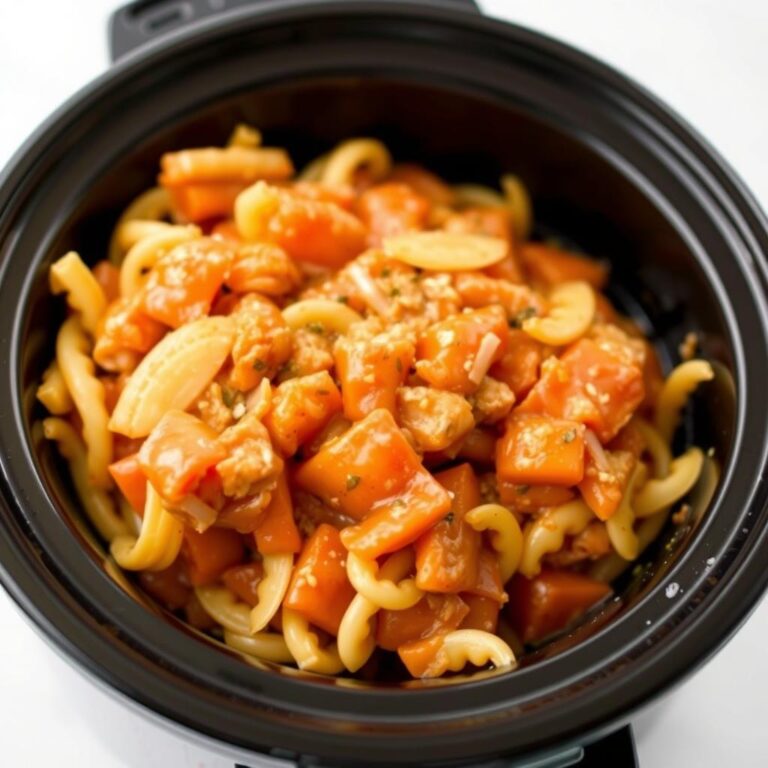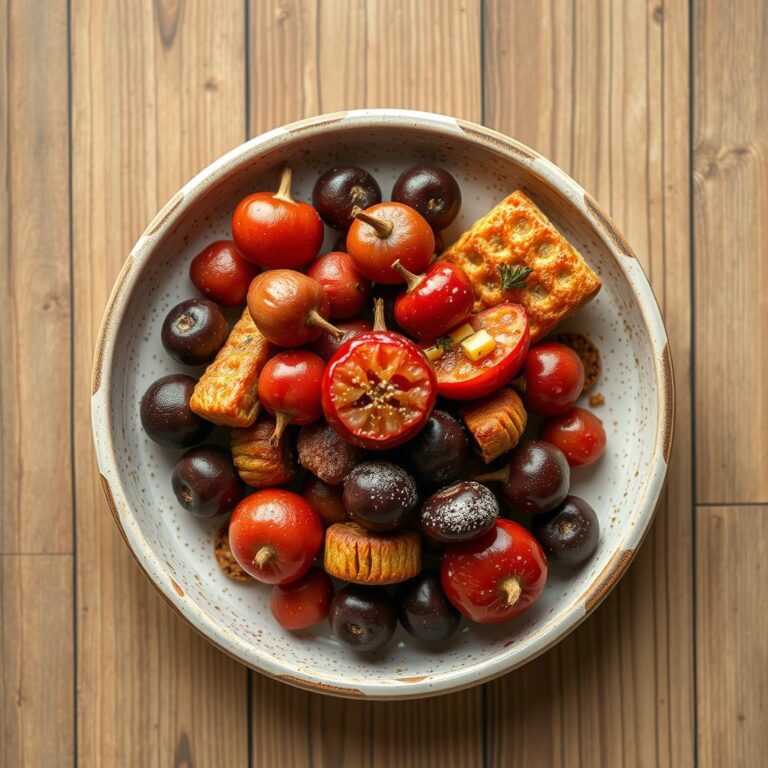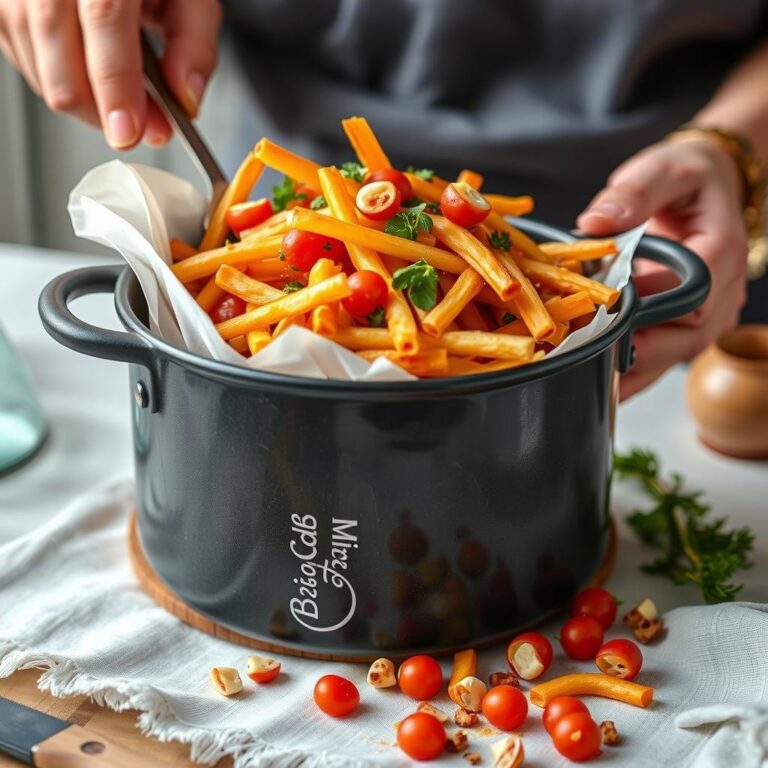Let’s chat about how to use a cast iron skillet. If you’ve just bought one or pulled out a handed-down skillet from Grandma’s kitchen cupboard, you might be wondering how to make the most of it. You’ve probably heard it’s the ultimate kitchen tool, but maybe you’re asking yourself, “Where do I even start?” Well, fear not. We’re diving into the essentials here.
Why a Cast Iron Skillet Deserves a Spot in Your Kitchen
First up, what’s so special about cast iron skillets, you ask? These bad boys are the *MVPs* in the world of cooking. They’re versatile, durable, and once seasoned properly, they become non-stick. Imagine making the best fried eggs or that seared steak with a perfect crust—these skillets are your secret weapon. I mean, who doesn’t want a kitchen tool that doubles down as a workout tool for real? They are heavy, but worth every bicep curl.
Seasoning: The Secret Sauce of Cast Iron Skillets
Before you start cooking, let’s talk about seasoning. This isn’t sprinkling salt and pepper; it’s about creating a non-stick layer. If your cast iron skillet isn’t already pre-seasoned, you’ve got work to do. Simply put, seasoning is the process of bonding oil to the surface using heat.
- Preheat your oven to 375°F. Let’s get warm, but not blazing hot.
- Wash your skillet with hot water and a sponge. You want it squeaky clean.
- Dry it completely. No damp spots, none at all.
- Coat the entire skillet with a thin layer of *vegetable oil* or any neutral oil.
- Pop it upside down in the oven. Place a foil-lined tray beneath to catch the drips.
- Bake for an hour. Patience is key here.
- Turn off the oven and let it cool inside. Why rush when you can relax?
Once seasoned, it’s ready to rumble. And by rumble, I mean it’s ready to cook up anything from pancakes to pan-seared salmon.
Getting Started with Cooking
Alright, you’ve seasoned your skillet. Now it’s showtime. The first step is heating the skillet properly. Why? Because balanced distribution of heat is what a cast iron skillet is all about. Turn on the heat to medium and let it warm up gradually. Don’t crank it up to high speed; steady wins this race.
Wondering what you should cook first? Let’s keep it simple:
- Start with something easy, like scrambled eggs or sautéed veggies.
- Build your confidence and move on to meals like **fajitas** or **grilled cheese sandwiches**.
- Feeling brave? Go for the gold with a perfectly seared steak or even **cornbread**.
Remember, practice makes perfect. The more you cook, the more seasoned your skillet becomes, literally and metaphorically.
Cleaning Secrets: Keep It Pristine
Cleaning your cast iron skillet is not rocket science, but don’t even think about using soap unless things have really gone south. Here’s the scoop:
After cooking, let the skillet cool down. No one loves a scorched sponge, right?
Use a scraper or a brush to lift off any stubborn bits of food. Perseverance is key.
Rinse it with hot water. Think of it as a mini shower for tougher surfaces.
If your skillet needs a deeper clean, use coarse salt mixed with a touch of water as a gritty scrub.
Once clean, dry it immediately. Rust is not your friend here.
Lastly, apply a thin layer of oil to keep it gleaming.
Making the Most of Your Cast Iron Skillet
With your skillet cleaned and ready to roll, let’s talk about expanding its uses. Ever tried baking with your cast iron? Your skillet can work just as hard as any cookie sheet or baking pan. From **pizza** to **pie**, the sky’s the limit for this kitchen workhorse.
Trailblaze with confidence, and don’t forget to mix it up with stovetop recipes and oven-baked creations. The key is consistency and care, and you’ve got both in the bag if you follow the tips on how to use a cast iron skillet.
Stay tuned because there’s more ground to cover. Ready to turn your culinary skills all the way up? You’ll wonder how you ever cooked without it.
Ready to take your cooking game further with a cast iron skillet? You’ve seasoned it, made some scrambled eggs, and maybe even seared a steak. But there’s so much more to explore in the world of cast iron, and I’m here to guide you through it. Prepare for a mix of tips, tricks, and tales that’ll have your skillet sizzling its way onto your daily lineup.
Taking Your Cast Iron Skills Up a Notch
Imagine this: You’ve nailed the basics, and now it’s time to unlock the full potential of your cast iron skillet. If you’re looking for versatility in the kitchen, this is where the fun begins. Think beyond the stovetop and explore baking, broiling, and even grilling. Intrigued yet?
Baking with Cast Iron: More Than Just a Skillet
Yes, cast iron can be used for baking too! Have you ever tried crafting a beautiful pizza pie or even bringing a cobbler to life in it? The heat retention gives you that delightful crust you often crave. Give these delights a shot:
- Pizza: Go ahead and make a pizza that rivals any pizzeria. That crust? Perfection.
- Bread: Freshly baked bread straight from the skillet is just unbeatable.
- Desserts: From brownies to skillet cookies, indulge your sweet tooth.
And there you have it. This skillet is immensely capable of baking some full-fledged dishes. All it needs is a little creativity and confidence.
Broiling and Grilling with Cast Iron
Did you know your cast iron skillet can double up as a grill? If you’re in an apartment missing a backyard grill, no worries. Pop your seasoned skillet under a broiler in your oven with some marinated chicken, and you’ve made yourself a mini grill!
Want the smokey finish? Try these:
- Broiled Veggies: Quick, easy, and healthy.
- Chicken: Gets that BBQ-like texture minus the barbecue.
- Skewers: Think kebabs without the open flames.
Your cast iron skillet doesn’t just stop at traditional cooking methods—it embraces them all.
Care Tips to Ensure Longevity
Alright, you’ve pushed your skillet to greatness. Once you embrace the diversity of cooking techniques, it’s vital to keep your skillet in top shape.
Avoid these pitfalls:
- Don’t use heavy-duty soap: It wrecks your seasoning.
- Don’t let it air dry: Immediate drying is 🔑 to avoiding rust.
- Hard scrubbing: Be gentle and precise.
Every time you take time to maintain it, just think of it as nurturing your cooking partner. Sounds right, doesn’t it?
Recipes to Master with Your Cast Iron Skillet
It’s time to turn potential into reality by focusing on some popular recipes.
Breakfast Starts Here
Get ambitious with your morning meals, and start with classics:
- Pancakes: Fluffy delight with golden edges!
- Bacon & Eggs: One-pan magic that’s always a win.
Dinner Game Strong
Step up your culinary prowess with these smart choices:
- Classic Lasagna: Serve dinner with layers of goodness.
- Mac & Cheese: Bubbly cheese with crispy topping.
Who knew such simple recipes could feel so incredibly rich?
Frequently Asked Questions (FAQ)
Why is my food sticking to my cast iron skillet?
Sticking issues? Double-check your seasoning. Ensure that you evenly coat the skillet with oil and that the skillet is sufficiently heated before adding food.
Can I put my cast iron skillet in the dishwasher?
Nope! Hand-wash, dry immediately, and lightly oil it after every use is the way to go.
How do I deal with a rusty skillet?
Grab steel wool and scrub the rust off. Clean thoroughly, then re-season by baking it with a layer of oil at 375°F.
Resistance Leads to Mastery
How to use a cast iron skillet isn’t just a question; it’s an ongoing journey. Like any relationship, it blossoms over time with attention and practice. Keep experimenting, and soon enough, your skillet will feel less like a tool and more like an extension of your cooking style.
With these tips and insights, we’ve only scratched the surface. If the heat calls to your inner chef, embrace it—and let your cast iron skillet lead the way.







